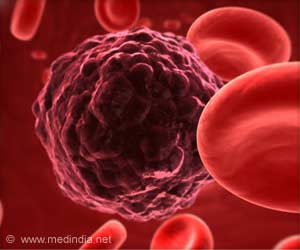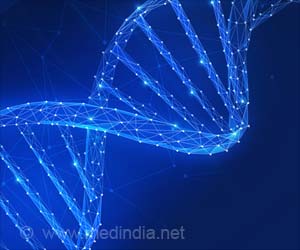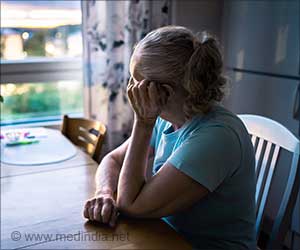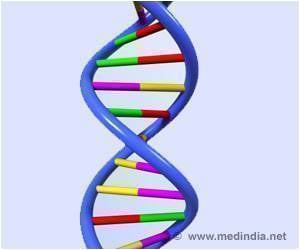Stem cells can be used to treat babies with brittle bone disease, even before they are born, according to results of a study funded by Action Medical Research, a UK charity.
Stem cells can be used to treat babies with brittle bone disease, even before they are born, according to results of a study funded by Action Medical Research, a UK charity.
In a press release, the charity said the findings of the study undertaken at the Imperial College, London were indeed extraordinary.Osteogenesis imperfecta (OI), called the brittle bone disease, affects babies whilst they are inside their mother’s womb. This is because collagen, one of the main building blocks for bone, fails to develop properly.
The disease is detected by DNA testing or ultrasound before birth and leads to weak bones and stunted growth.
The team, led by Professor Nicholas Fisk, transplanted specially manipulated stem cells into 14-day-old mouse fetuses that had OI. These mice had a reduction in long bone fractures of two thirds, compared with an untreated group, by the time they were twelve weeks old.
They also found that the bones of these mice were stronger, thicker and longer than those with the disease that had not received the transplants.
These outstanding results suggest that, with further research, this treatment could be translated to human babies in pregnancies that are affected by OI.
Advertisement
Professor Fisk and his team have investigated the form that falls between the two extremes (Type III). A child with Type III OI may have fractures in the womb but they are more likely to survive past birth, however their growth will be stunted and they will have multiple, painful fractures throughout their lives; with each leading to further deformity. They usually have a shortened life expectancy.
The team studied mouse models of human type III osteogenesis imperfecta. Fetal mesenchymal stem cells were injected through the wall of the uterus into 14 day old fetuses. At the age of 3 months, treated mice had suffered just one third of the long bone fractures compared with untreated mice.
Dr Pascale Guillot, a postdoctoral researcher, undertook the majority of the detailed experimental work for the team.
Dr Yolande Harley of charity Action Medical Research, which funded the project, said, “Stem cells are the building blocks of the body’s tissues, these primitive cells have the ability to turn themselves into a variety of other body cells.
Advertisement
“Professor Fisk’s work is a real breakthrough, it suggests that if stem cells could be successfully transplanted before a baby with OI is even born, it could mean a significant improvement in the child’s health and quality of life.
“This is a tremendous piece of work that could have implications for many more diseases and conditions.”
Professor Fisk said, “Our work has shown a profound therapeutic benefit of intrauterine stem cell therapy in a model of osteogenesis imperfecta or brittle bone disease.
“It has significance not only for treating this and other disabling conditions in affected fetuses inside the womb, but also for future related work. It will help us to understand what it is that leads to such a marked effect after a single transplant of stem cells, so that this can be harnessed to improve the results of stem cell therapy in repairing adult tissues and degenerative conditions.
“Our work suggests that, in the future, it could be possible to take stem cells from an unborn baby carrying the abnormal OI gene, manipulate them to correct the errant gene and then put them back into the fetus to allow it to develop properly.
“We only need to collect 100 or 200 microlitres of blood from the fetus, which is a tiny amount, less than a fifth of a millilitre of blood. From this tiny sample we can grow all that we need to provide the potential treatment.
“However, with further work we should be able to gain the stem cells we need from amniotic fluid or the placenta; thereby removing any potential risk of drawing fetal blood.
“This is very exciting work and we remain grateful for Action Medical Research’s funding.”
Source-Medindia
GPL/K











